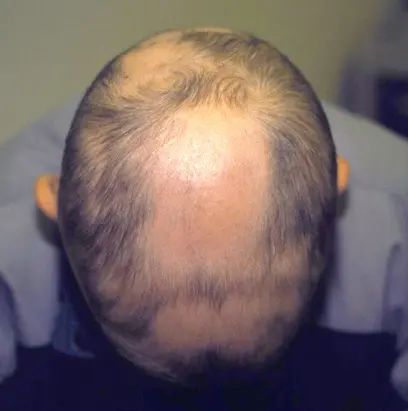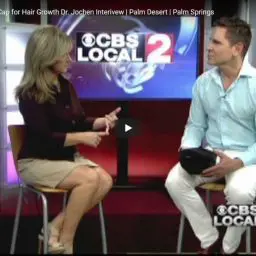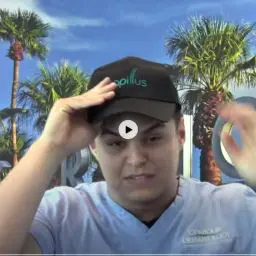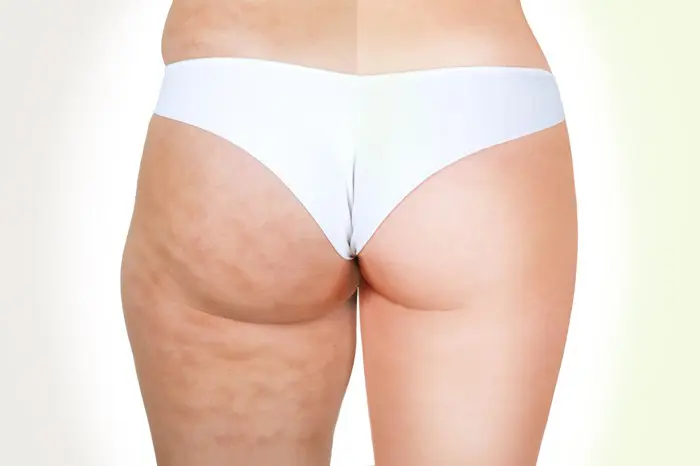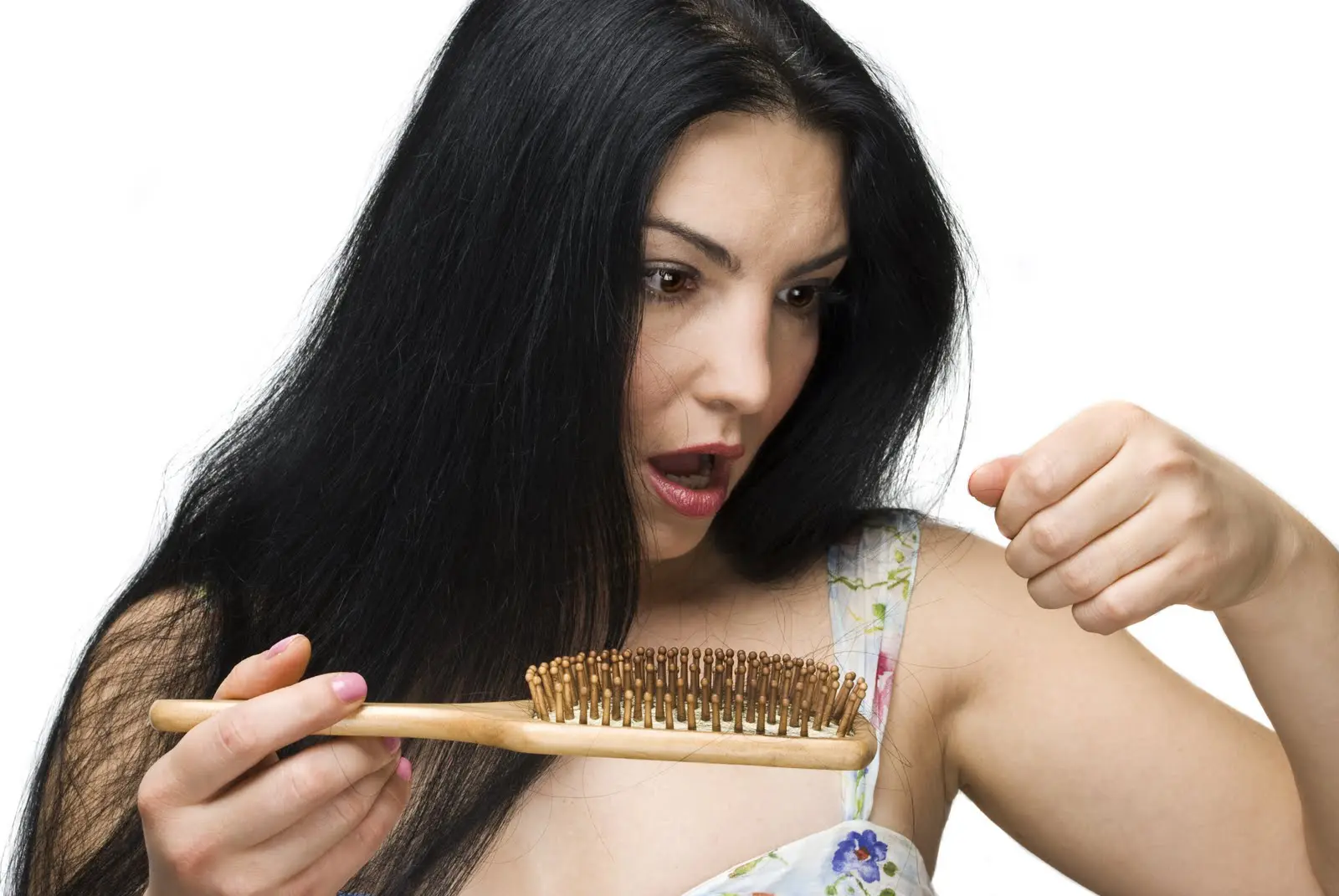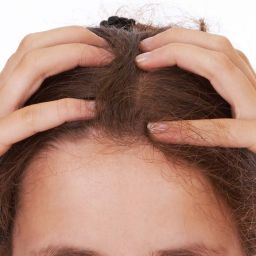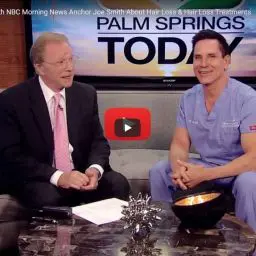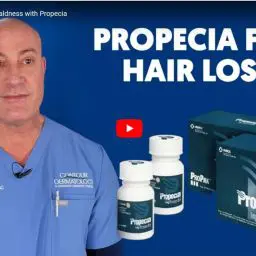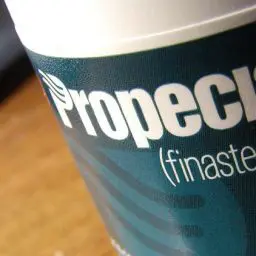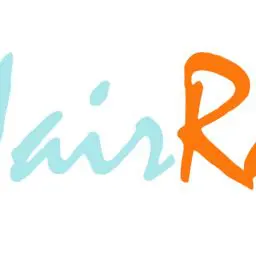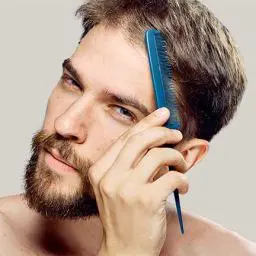Alopecia Areata
Hair Loss
Alopecia areata is a recurrent nonscarring type of hair loss that can affect any hair-bearing area and can manifest in many different patterns. Although it is a benign condition and most patients are asymptomatic, it can cause emotional and psychosocial distress.
Alopecia Areata
Hair Loss
Alopecia areata is a recurrent nonscarring type of hair loss that can affect any hair-bearing area and can manifest in many different patterns. Although it is a benign condition and most patients are asymptomatic, it can cause emotional and psychosocial distress.
Signs and symptoms
Alopecia areata most often is asymptomatic, but some patients (14%) experience a burning sensation or pruritus in the affected area. The condition usually is localized when it first appears, as follows:
-
Single patch – 80%
-
Two patches – 2.5%
-
Multiple patches – 7.7%
No correlation exists between the number of patches at onset and subsequent severity.
Alopecia areata can affect any hair-bearing area, and more than one area can be affected at once. Frequency of involvement at particular sites is as follows:
-
Scalp – 66.8-95%
-
Beard – 28% of males
-
Eyebrows – 3.8%
-
Extremities – 1.3%
Associated conditions may include the following:
-
Atopic dermatitis
-
Vitiligo
-
Thyroid disease
-
Collagen-vascular diseases
-
Down syndrome
-
Psychiatric disorders – Anxiety, personality disorders, depression, and paranoid disorders
-
Stressful life events in the 6 months before onset
Alopecia Areata is Classified by it's Pattern
Alopecia areata can be classified according to its pattern, as follows:
-
Reticular – Hair loss is more extensive and the patches coalesce
-
Ophiasis – Hair loss is localized to the sides and lower back of the scalp
-
Sisaipho (ophiasis spelled backwards) – Hair loss spares the sides and back of the head
-
Alopecia totalis – 100% hair loss on the scalp
-
Alopecia universalis – Complete loss of hair on all hair-bearing areas
Nail involvement, predominantly of the fingernails, is found in 6.8-49.4% of patients, most commonly in severe cases. Pitting is the most common; other reported abnormalities have included trachyonychia, Beau lines, onychorrhexis, onychomadesis, koilonychias, leukonychia, and red lunulae.
Alopecia Areata Diagnosis
Diagnosis usually can be made on clinical grounds. A scalp biopsy seldom is needed, but it can be helpful when the clinical diagnosis is less certain.
Alopecia Management
Treatment is not mandatory, because the condition is benign, and spontaneous remissions and recurrences are common. Treatment can be topical or systemic.
Corticosteroids
Intralesional corticosteroid therapy is usually recommended for alopecia areata with less than 50% involvement. Administration is as follows:
-
Injections are administered intradermally using a 3-mL syringe and a 30-gauge needle
-
Triamcinolone acetonide (Kenalog) is used most commonly; concentrations vary from 2.5-10 mg/mL
-
The lowest concentration is used on the face
-
A concentration of 5 mg/mL is usually sufficient on the scalp
-
Less than 0.1 mL is injected per site, and injections are spread out to cover the affected areas (approximately 1 cm between injection sites)
-
Injections are administered every 4-6 weeks
Topical corticosteroid therapy can be useful, especially in children who cannot tolerate injections. It is administered as follows:
-
Fluocinolone acetonide cream 0.2% (Synalar HP) twice daily or betamethasone dipropionate cream 0.05% (Diprosone) has been used
-
For refractory alopecia totalis or alopecia universalis, 2.5 g of clobetasol propionate under occlusion with a plastic film 6 days/wk for 6 months helped a minority of patients
-
Treatment must be continued for a minimum of 3 months before regrowth can be expected, and maintenance therapy often is necessary
Treatment Options
Treatment is not mandatory because the condition is benign, and spontaneous remissions and recurrences are common. Treatments used are believed to stimulate hair growth, but no evidence indicates they can influence the ultimate natural course of alopecia areata. Treatment modalities usually are considered first according to the extent of hair loss and the patient’s age.


